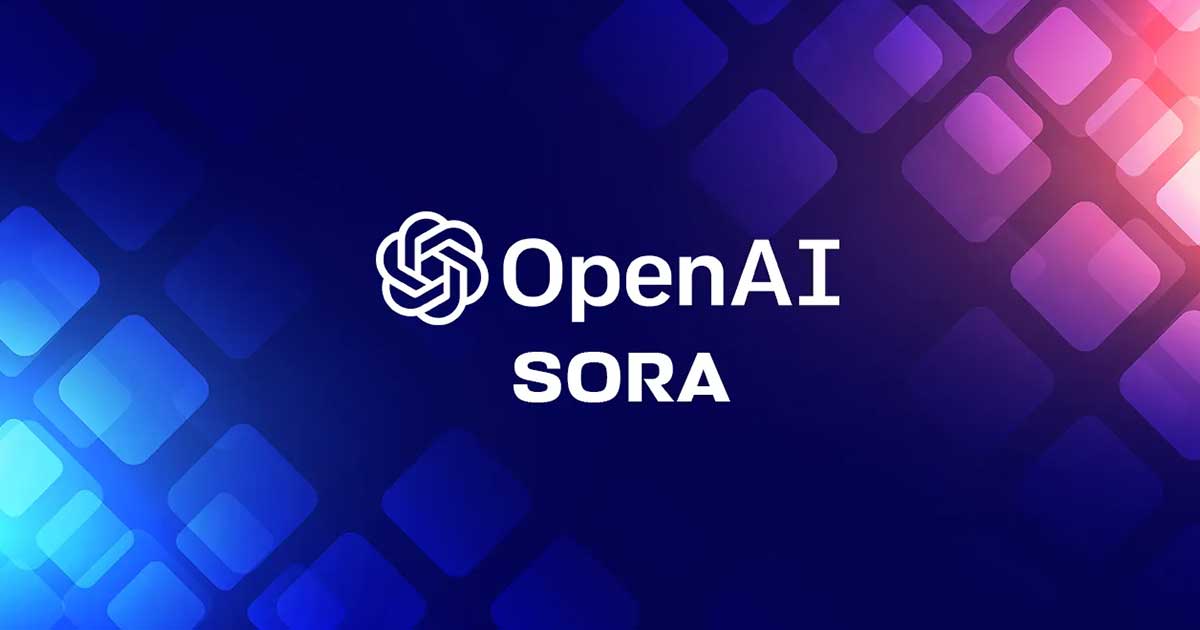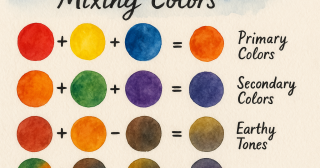Artificial Intelligence : (Beyond Pixels Decoding the Enigma of OpenAI’s Sora and the Future of Storytelling)

OpenAI's Sora isn't just another AI video generator; it's a seismic shift in how we perceive and create moving images. The internet exploded when Sora's demonstrations showcased a level of realism and imaginative potential previously confined to big-budget Hollywood productions. But beyond the dazzling demos, what are the burning questions swirling around this groundbreaking technology? Let's delve into the heart of Sora's enigmatic allure.
1. The "Reality Gap": How Close Are We to True Verisimilitude?
Sora's ability to generate videos that mimic real-world physics and complex interactions is astonishing. However, the "reality gap" remains. While it excels at simulating certain scenarios, it can still falter with intricate object interactions and long-term temporal coherence. People want to know: When will Sora bridge this gap? When will it consistently produce videos indistinguishable from reality? The answer lies in the continued refinement of its underlying models, focusing on understanding and simulating the nuanced dynamics of our world.
2. The "Creative Catalyst" vs. "Content Destroyer" Debate:
Sora's potential to democratize video creation is undeniable. But this raises crucial questions about the future of creative industries. Will it empower independent filmmakers and artists, or will it lead to a flood of AI-generated content, devaluing human artistry? The key is to understand Sora as a powerful tool, not a replacement. Its ability to generate storyboards, visualize complex scenes, and create unique visual effects can augment human creativity, opening up new avenues for storytelling.
3. The "Ethical Labyrinth": Deepfakes, Misinformation, and the Erosion of Trust:
The ability to generate hyper-realistic videos inevitably raises concerns about deepfakes and the potential for misuse. How will we distinguish between authentic footage and AI-generated fabrications? What safeguards will be in place to prevent the spread of misinformation? OpenAI's commitment to safety and transparency is crucial, but a broader societal conversation about media literacy and ethical AI development is also essential.
Sora's ability to generate such complex videos stems from its powerful diffusion-transformer architecture. But the exact mechanisms remain shrouded in technical jargon. How does it translate text prompts into coherent visual narratives? How does it simulate physics and object interactions? Demystifying Sora's inner workings is crucial for understanding its capabilities and limitations, fostering trust, and guiding its responsible development.
5. The "Future of Storytelling": Beyond Traditional Narrative Structures:
Sora's ability to generate dynamic, interactive videos opens up exciting possibilities for immersive storytelling. Imagine creating personalized narratives based on user input, or exploring virtual worlds that respond to your actions in real-time. This technology has the potential to revolutionize entertainment, education, and even scientific visualization, ushering in a new era of interactive and engaging content.
Sora is more than just a technological marvel; it's a catalyst for profound societal change. By addressing the questions surrounding its capabilities, limitations, and ethical implications, we can harness its transformative potential to create a future where AI empowers human creativity and enriches our understanding of the world. The journey has just begun, and the story of Sora is still being written.










